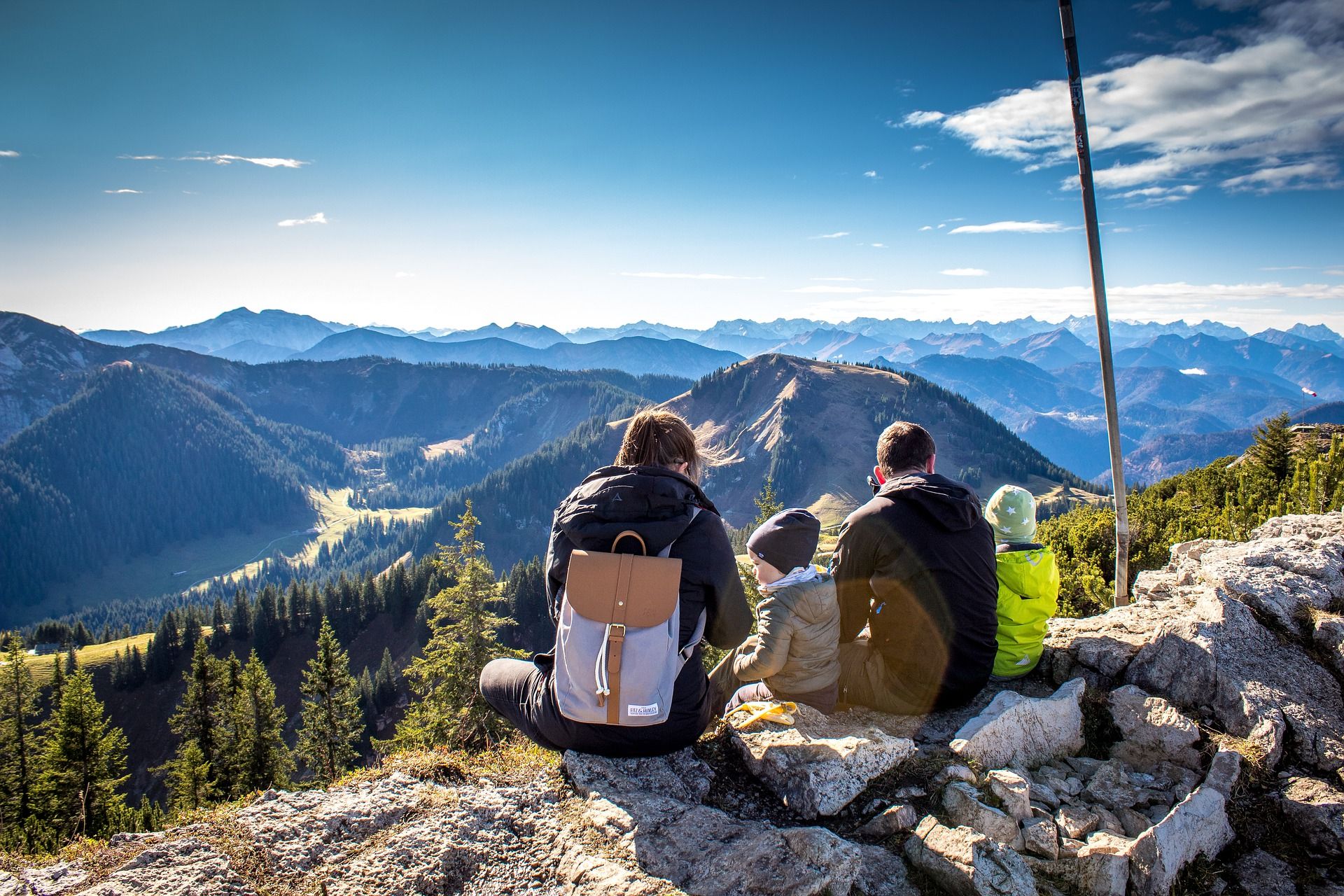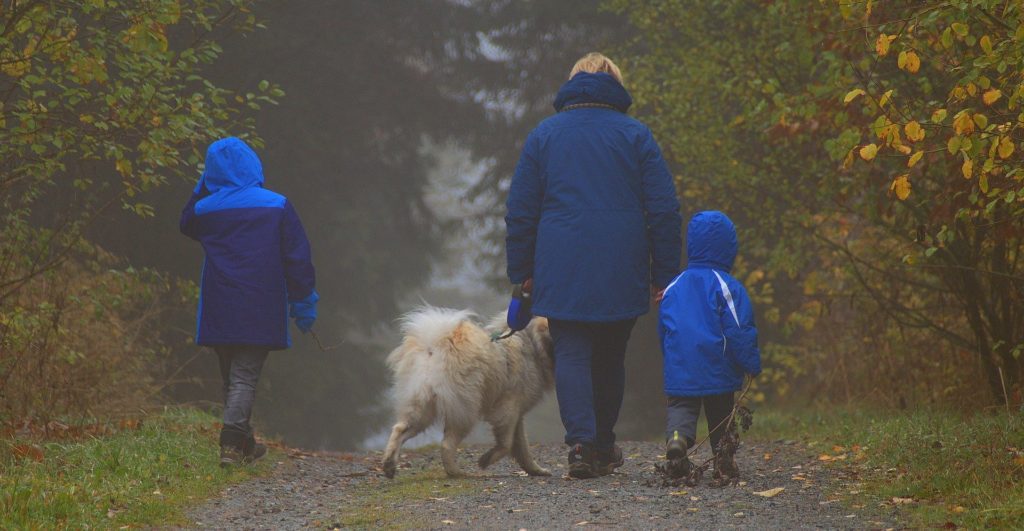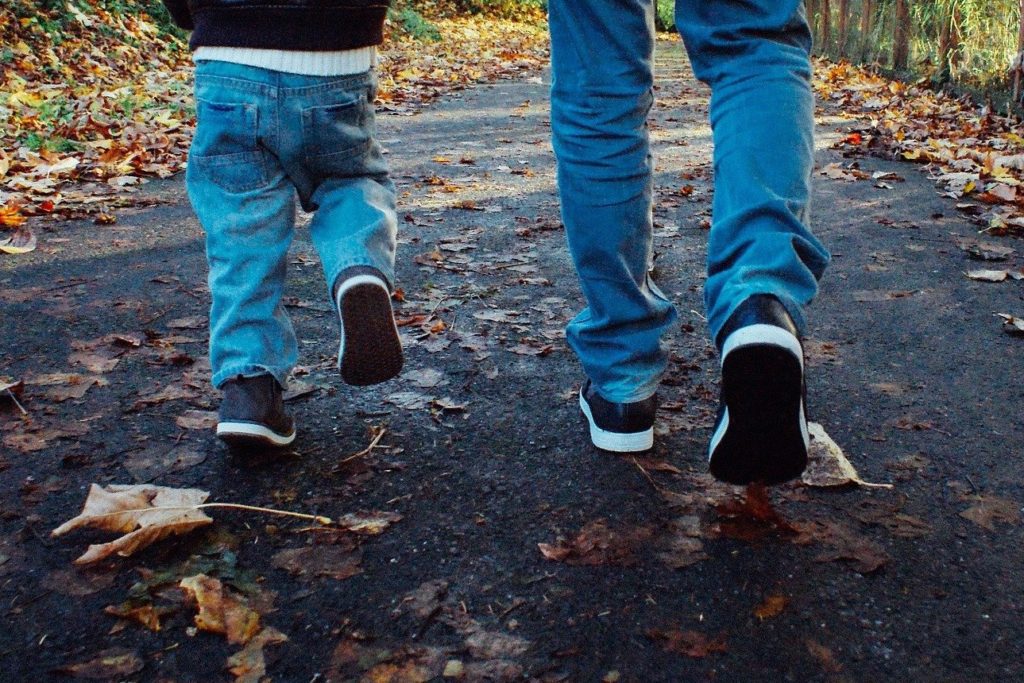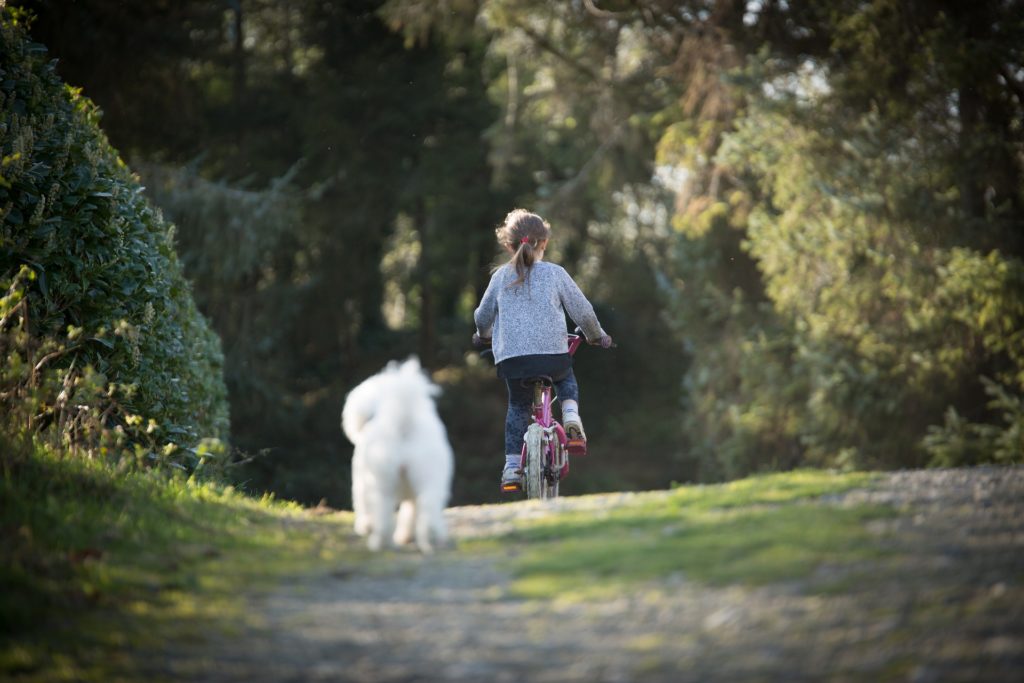
The Best Way to Protect the Environment: Let Young People Experience Nature
The world is in crisis. The latest IPCC report on climate change confirms that we have ignored rising temperatures for too long and that only drastic changes made now to the way we live will prevent irreversible damage to our environment. It’s a lot to take in, and a burden that needs to be dealt with at corporate, national and international levels.
The good news is that individuals have the ability to influence governments, and individuals that love and care for the environment can do this to greater effect. The best way to raise such a person? Expose them to nature. Not only is this one of the most effective ways to combat global warming long term, but it is also easy and therefore one of the most worthwhile uses of our time – especially compared to other low-impact, time consuming efforts (such as, believe it or not, recycling).
A wealth of research has shown that children benefit in terms of skills and happiness from spending time within nature, but a less-discussed body of work demonstrates that society as a whole also benefits when children are brought up interacting with the natural world. This is caused by such children developing a greater understanding of and increased interest in caring for the environment. The result?
Individuals that act in the interest of the environment, protect green spaces and fight for climate justice.
Why is exposing children to nature important?
Connects children to the natural world
Firstly, allowing kids to play outside in fields, walk in forests or swim in rivers makes them feel that they are a part of the natural world. They develop a sense of self that relates directly to the nature around them – it is their home and their playground. The alternative to this feeling highlights its importance: children that don’t spend their childhood interacting with nature are far more likely to develop “biophobia”, viewing the natural world as something external to them that needs to be controlled and exploited.
This immersion at a young age is crucial – children respond well to seeing themselves as part of the natural world and often have minds more open to this than adults. This is exemplified by animals and natural settings featuring heavily in children’s books and fairy tales.
Provides the foundation for abstract learning later in life
Secondly, building a tangible relationship with nature underpins more abstract learning about the environment later in life. People that spend time among nature during their childhood are more likely to cement the importance of lessons about caring for the environment at school or through the media, and act positively on this basis. But they have to develop that initial connection first – through experience.
Allows them to model caring sustainable behaviours
Thirdly and very importantly, children learn not only by doing, but by seeing adults do. The impact of parents modelling care for and love of nature cannot be understated. This is fortunately very easy – simply by spending time in the outdoors, parents can demonstrate comfort and enjoyment in nature. Meanwhile, they engender the habit of regular immersion in green spaces in their children, as well as a love for the natural. Through giving young people regular access to the outdoors, we can raise individuals that act on climate science and are invested in a positive future for the earth.
How can we expose kids to nature?
The benefits of raising children with regular access to the environment are clear and go a long way to ensuring that future generations act as environmental stewards. But how can parents do this? Many of us lead busy lives, and access to green spaces in the UK is significantly skewed along racial and economic lines. Lots of people do not have access to gardens, where a love for nature can be kindled from home.
This means that while for some families it’s easy to find the time, space and money to regularly visit the outdoors, for others it’s not so simple. This highlights the importance of investment in better, fairer access to green spaces by the government. But for those that want to incorporate nature into their children’s lives now, there are still many ways to do so – even if you’re short on time, green areas or funds.
Regular habits are a fantastic way to make nature an essential part of life – even in the city. For example, taking a family walk after dinner, walking or cycling to school, or walking the dog to the park in the morning. Not only is this good for children’s minds and bodies, but it will also make time outdoors into a valuable slice of each day, allowing them regular play and immersion in the natural environment.
One advantage of being in more built up areas is access to organised activities. After-school activities, sports clubs and groups like scouts and guides can provide valuable infrastructure for children to regularly spend time outdoors, as well as developing skills and friendships. They also allow kids to visit green spaces further afield and gain an appreciation for a variety of landscapes.
A simple, tangible way to teach children to actively care for nature, that doesn’t even involve leaving the house, is by raising plants indoors. Plants in the home also have a positive impact on mental health and watering them can constitute a daily routine of coming face to face with nature.
Finally, parents should consider challenging themselves to take part in something environmental in their free time, such as helping at a community garden or joining in with a litter pick. Children can participate in these activities and learn that caring for the environment is both fun and important.
Fighting for our future
At our current rate of consumption and apathy towards the environment, things ahead are looking grim. Climate change will be responsible for increasing natural disasters, water scarcity and hunger. But the future of our children doesn’t need to be so dark. Raising environmentally conscious citizens is one of the easiest and best things that we can do to fight climate change. All it requires is making sure our children develop an appreciation for the natural world – by spending time in it.
Further articles:






